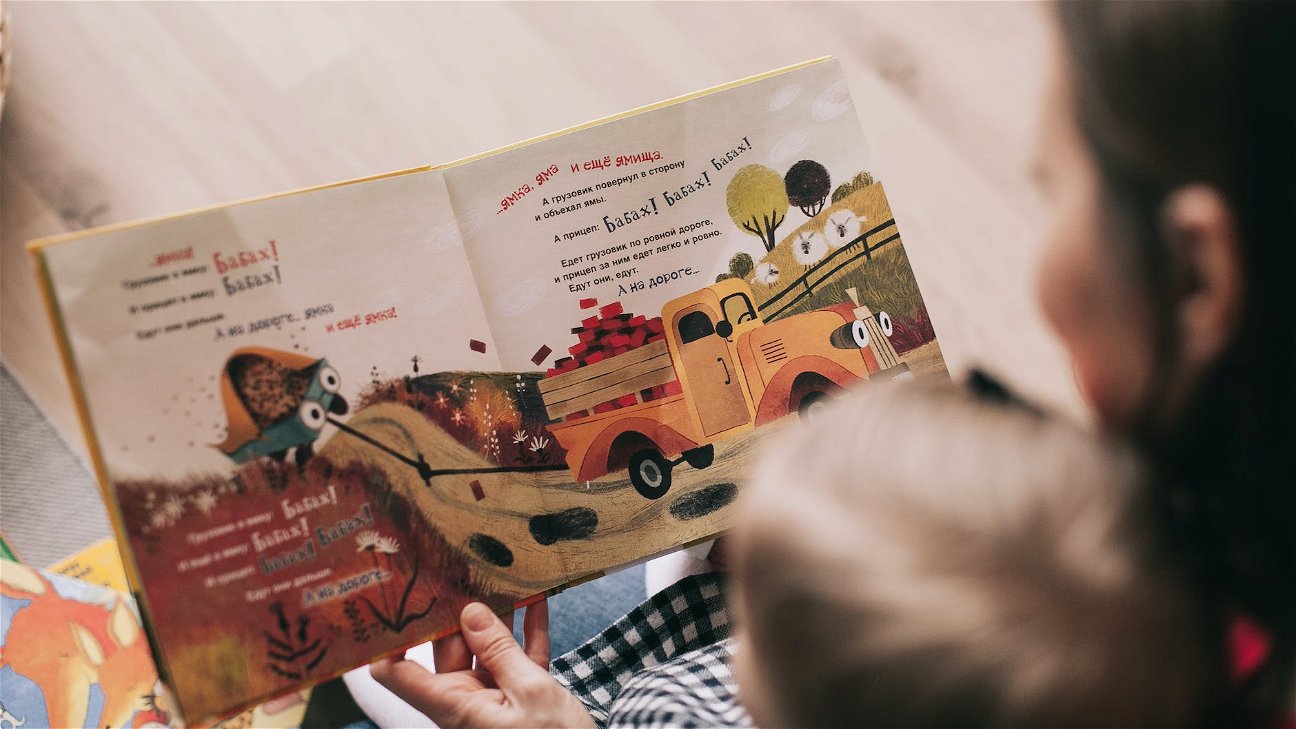
Handling sibling conflicts can be a daunting task. It's a common struggle that almost every parent faces. However, there are practical steps you can take to mediate these disputes and maintain peace in your household. Here are five effective steps to resolve sibling conflicts.
Understand the conflict
The first step in resolving any conflict is understanding where it is coming from. Encourage your children to express their feelings and thoughts. This will help you understand the root of the problem. Be patient and let them express themselves fully before jumping to conclusions. It's essential to acknowledge their feelings and validate them, even if you don't agree.
Set the rules
Setting ground rules for acceptable behavior is crucial. This can help prevent many conflicts before they even start. Rules should be clear, concise, and fair. For instance, strategies like taking turns, sharing toys, and respectful communication can make a significant difference. It's important that these rules are consistently enforced.
Teach them problem-solving skills
Teaching your children problem-solving skills is an effective way to resolve conflicts. This involves teaching them how to identify a problem, come up with possible solutions, choose the best one, and implement it. It's not just about resolving the current conflict, but also equipping them with the tools to handle future disputes.
Encourage empathy
Encouraging empathy among your children helps them understand each other's feelings better. It allows them to put themselves in their sibling's shoes and consider their perspective. This can often lead to better understanding and conflict resolution.
Intervene when necessary
While it's important to let your children resolve their conflicts independently when possible, there are times when parental intervention is needed. If the conflict begins to escalate or get out of hand, step in to mediate and maintain peace.
Here's a quick summary of the 5 steps in table form:
Remember that every child and every situation is unique. What works for one may not work for another. Experiment with different strategies and see what works best for your family.











